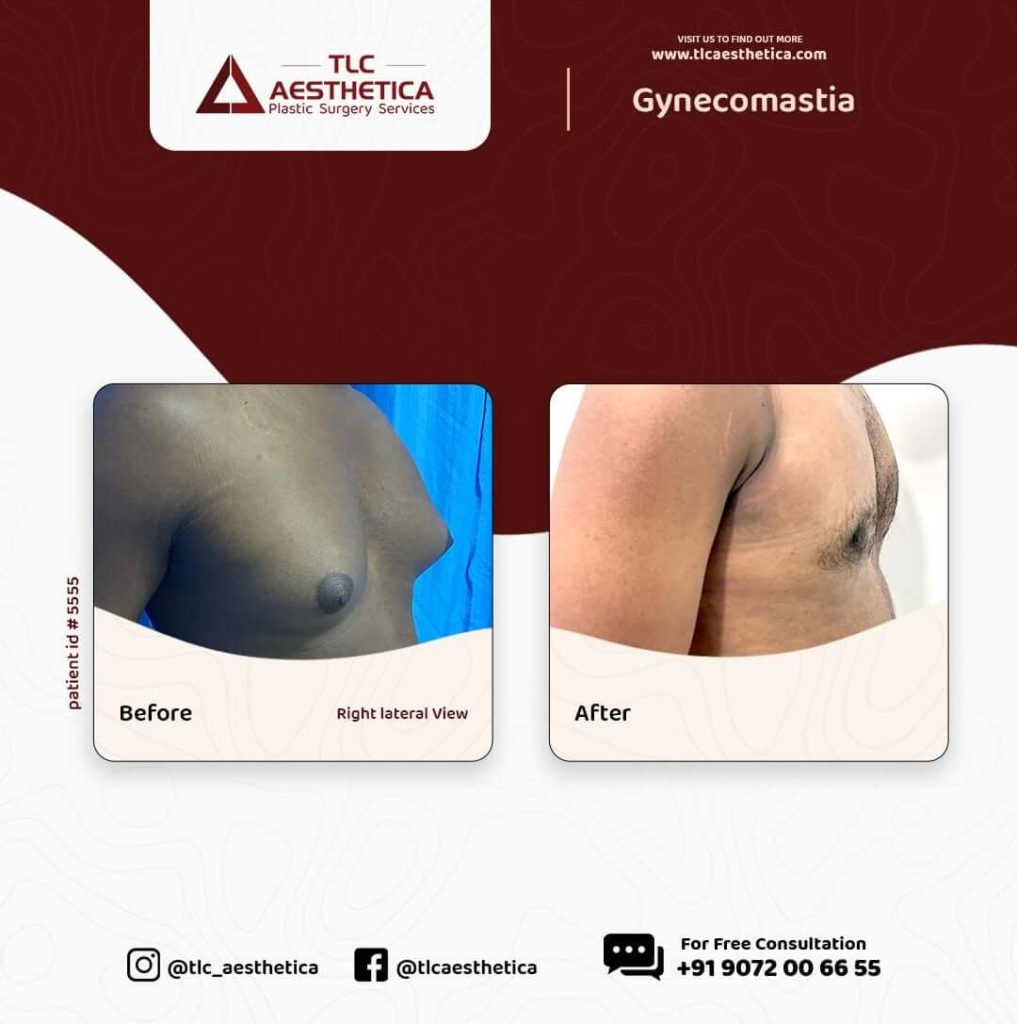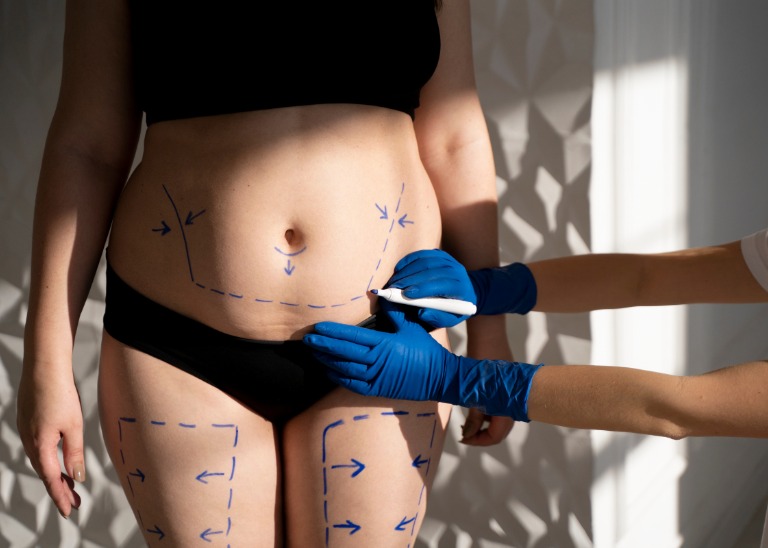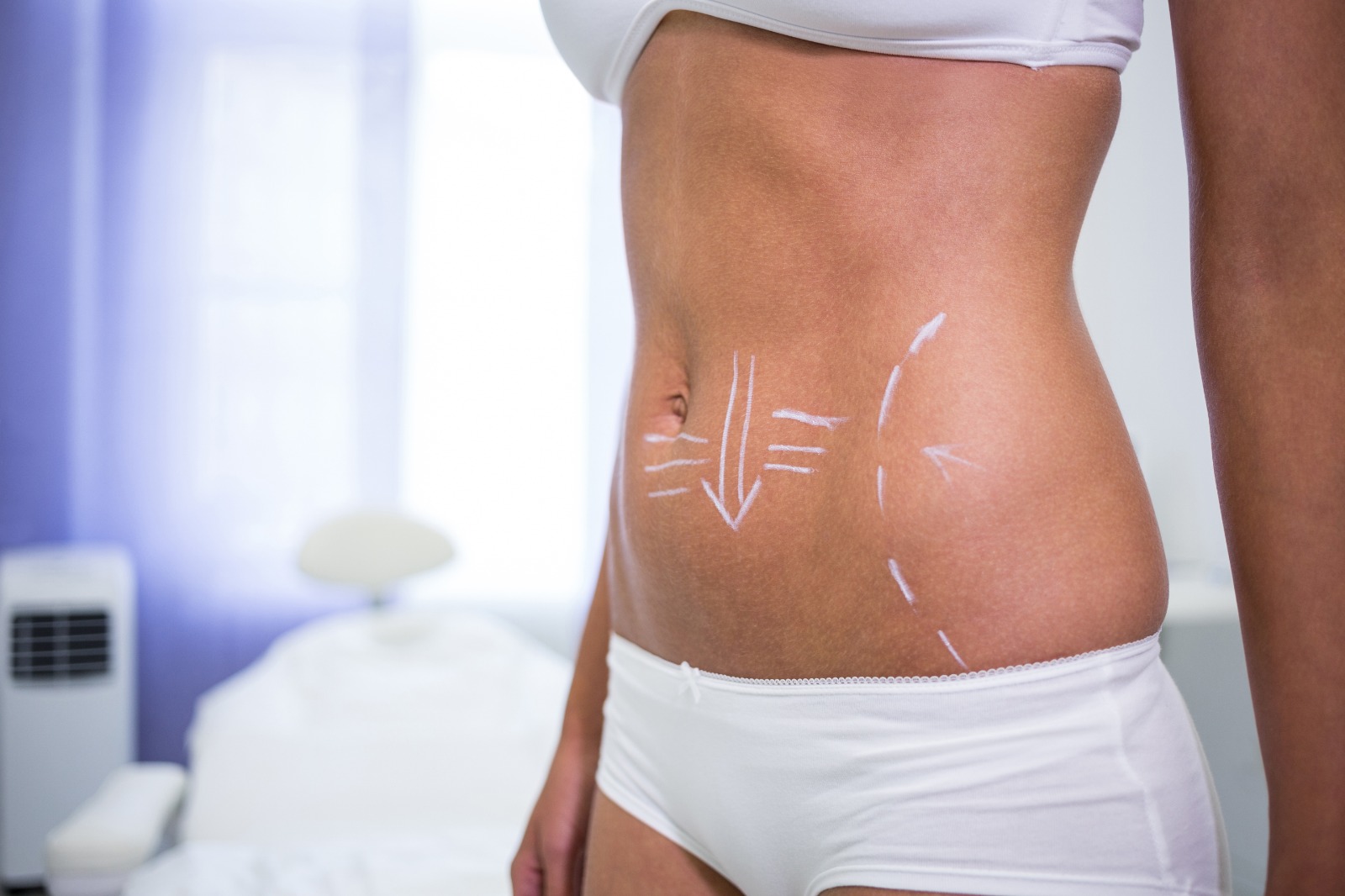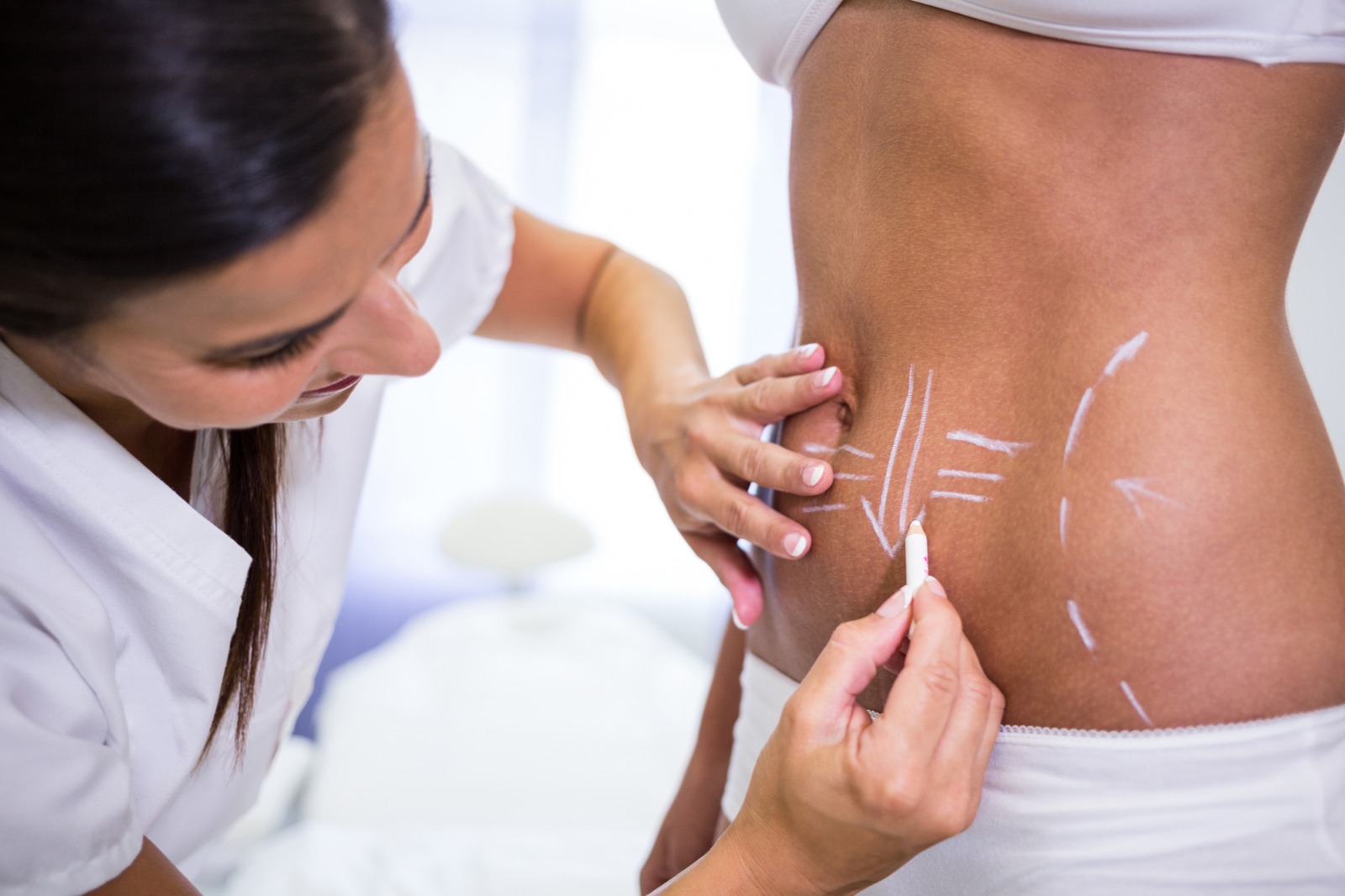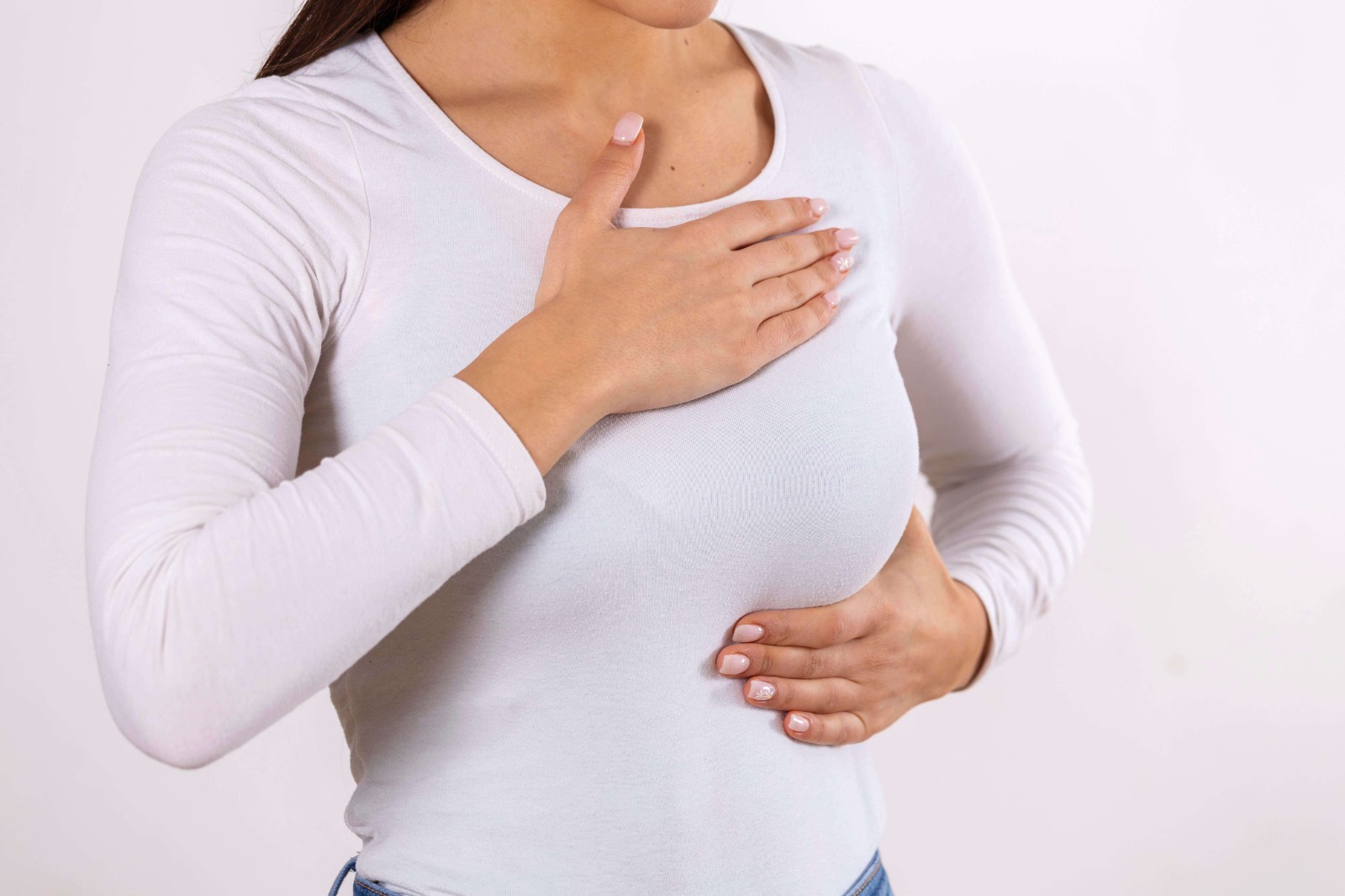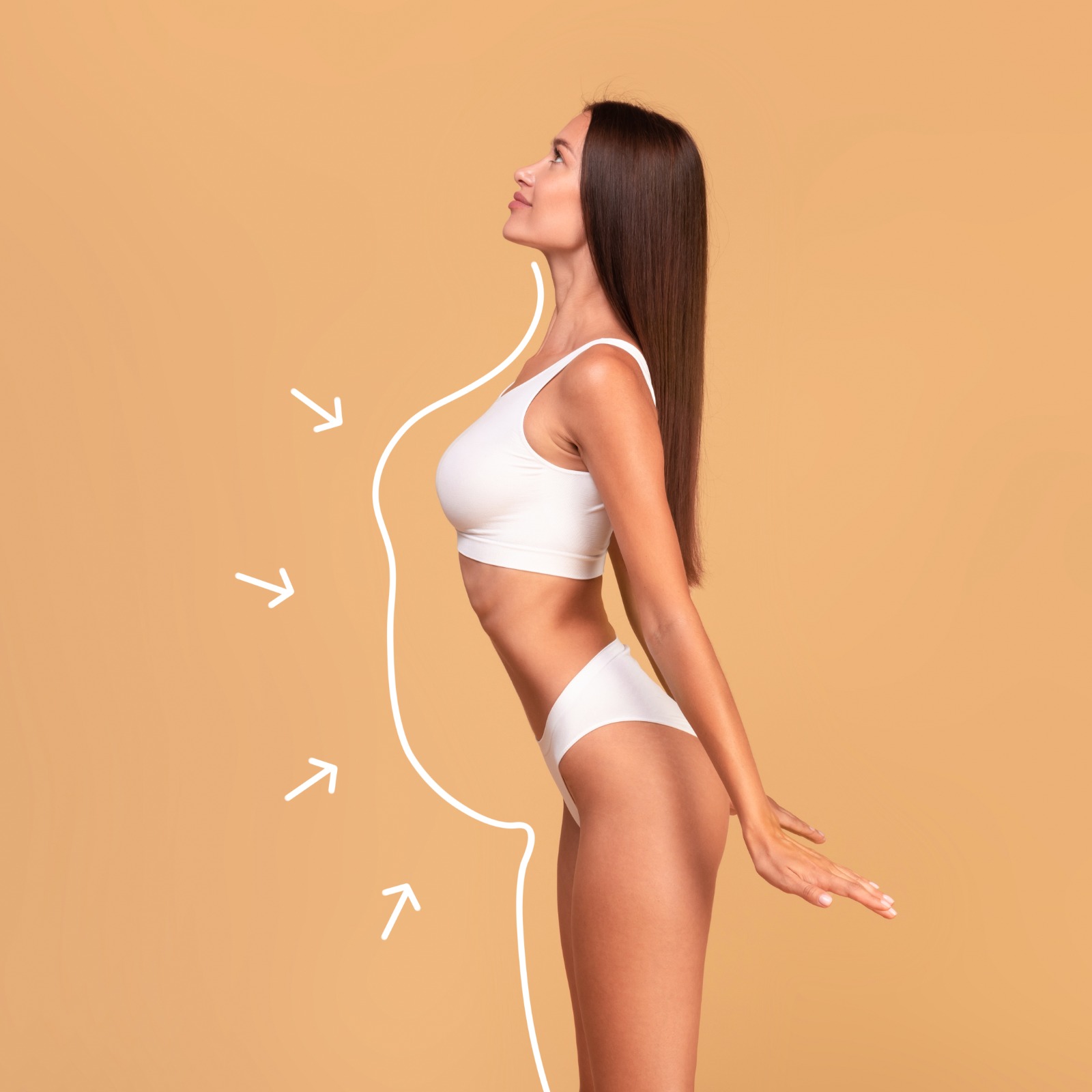Does liposuction leave Scars?
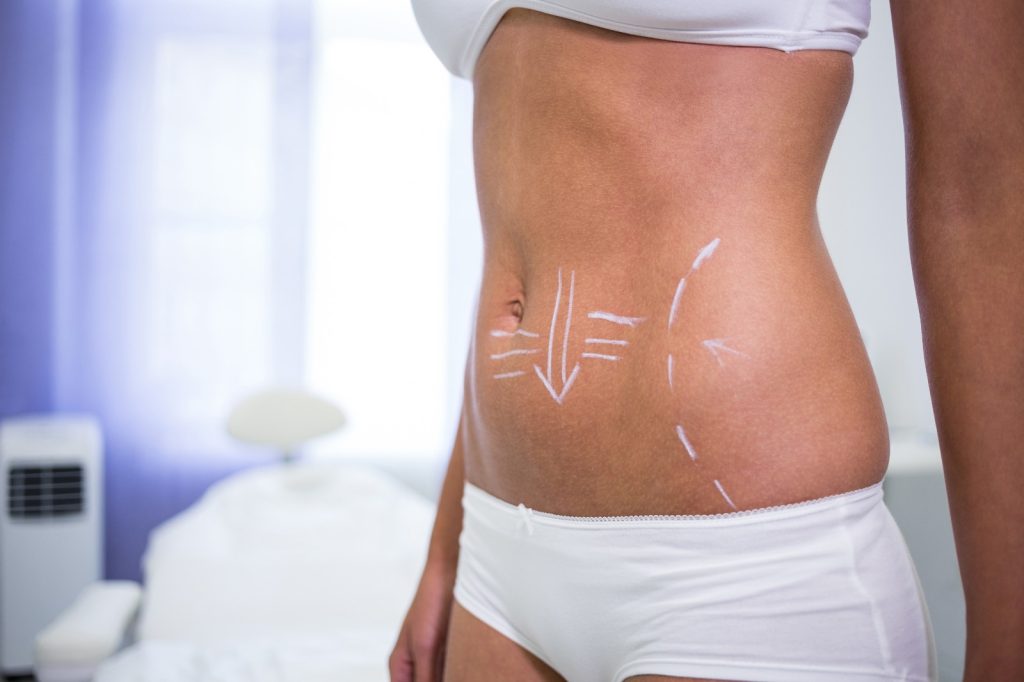
Liposuction is a cosmetic surgical procedure used to remove excess fat from different parts of the body. Also known as lipoplasty or suction-assisted lipectomy, liposuction is one of the most popular cosmetic surgery procedures performed across the globe. Liposuction is typically employed to enhance body contours and reduce localized fat deposits that do not respond well to diet and exercise.
Liposuction can be performed on various areas of the body, including the abdomen, thighs, buttocks, hips, arms, chin, neck, and more. It is important to note that liposuction is not a weight loss solution; it is intended for body contouring and removing localized fat deposits. The best candidates for liposuction are individuals who are at or near their ideal body weight but have specific areas of stubborn fat that they wish to address.
As with any surgical procedure, liposuction carries some risks, including infection, bleeding, contour irregularities, and anesthesia complications. Recovery time and side effects can vary depending on the extent of the procedure and individual factors. It is essential to consult with a qualified plastic surgeon to discuss the potential benefits and risks of liposuction and determine if it’s the right option for your specific needs.
How is liposuction done?
Anesthesia: The procedure is usually performed under local anesthesia, general anesthesia, or intravenous sedation, depending on the extent of the surgery and the patient’s preferences.
Incisions: Small incisions are made in the target areas where fat is to be removed. These incisions are typically very small, ranging from a few millimeters to a centimeter in size.
Tumescent solution: A sterile solution containing a saline solution, epinephrine (to constrict blood vessels), and a local anesthetic is injected into the targeted area. This solution helps to reduce bleeding and discomfort during the procedure.
Fat removal: A thin tube called a cannula is inserted through the incisions. The cannula is attached to a vacuum device or syringe, which is used to suction out the excess fat. The surgeon moves the cannula back and forth to break up the fat cells, making it easier to remove them.
Contouring: The surgeon carefully sculpts the area to achieve the desired contours.
Incision closure: After the fat removal is complete, the incisions are closed with sutures, and often no stitches or just small adhesive strips are needed.
Does liposuction leave scars?
It’s true that liposuction leave scars, but they are typically very small and inconspicuous. Liposuction is a surgical procedure that involves making small incisions in the skin to insert a thin tube called a cannula to suction out excess fat from beneath the skin. The incisions made during liposuction are usually quite small, often just a few millimeters in length. As a result, the scars that form are usually tiny and can be easily hidden in natural skin creases or folds.
The appearance of scars after liposuction can vary from person to person and depends on factors like the individual’s skin type, the skill of the surgeon, and the specific liposuction technique used. In many cases, the scars may fade over time and become less noticeable. Proper aftercare, including following your surgeon’s instructions for wound care, can help minimize scarring.
It’s important to discuss the potential for scarring with your plastic surgeon during your consultation, as they can provide you with information specific to your case and address any concerns you may have about scarring.
Liposuction Post Surgery Measures
Follow Your Surgeon’s Instructions
The most crucial aspect of post-operative care is to adhere to the specific instructions provided by your surgeon. They will give you detailed guidelines on what to do and what to avoid.
Compression Garments
You will likely be instructed to wear compression garments (such as compression stockings or a compression bodysuit) to reduce swelling and support the healing process. Wear these as directed.
Pain Management
You may experience pain and discomfort after liposuction. Your surgeon will prescribe or recommend pain medication. Take it as prescribed and report any severe or unexpected pain.
Rest and Recovery
Adequate rest is crucial for recovery. Avoid strenuous activities and exercise during the initial recovery period. Your surgeon will provide guidance on when it is safe to resume normal activities.
Hydration and Nutrition
Staying hydrated and eating a well-balanced diet can promote healing. Follow your surgeon’s dietary recommendations.
Wound Care
Keep an eye on your incision sites for any signs of infection, excessive swelling, or other issues. Your surgeon will provide instructions for wound care and dressing changes if necessary.
Swelling and Bruising
Swelling and bruising are common after liposuction. They should gradually improve over time. You may be advised to use cold compresses to reduce swelling during the first few days.
Also Read:
Antibiotics
In some cases, your surgeon may prescribe antibiotics to prevent infection.
Avoid Smoking and Alcohol
Smoking and alcohol can slow down the healing process and increase the risk of complications. It’s best to avoid them during your recovery.
Follow-Up Appointments
Attend all scheduled follow-up appointments with your surgeon. They will assess your progress, remove any stitches or drains, and provide further guidance.
Scar Care
If there are visible scars, follow your surgeon’s recommendations for scar care, which may include the use of creams or silicone sheets to promote healing and minimize scarring.
Remember that the specific post-operative care instructions can vary depending on the type and extent of liposuction performed and individual patient factors. Always consult with your surgeon for personalized guidance on post-operative care and recovery.


